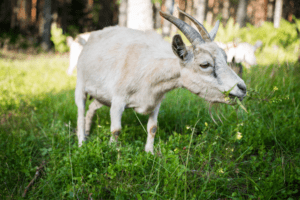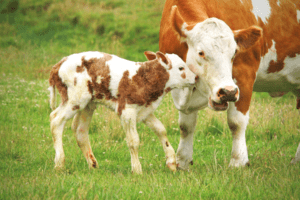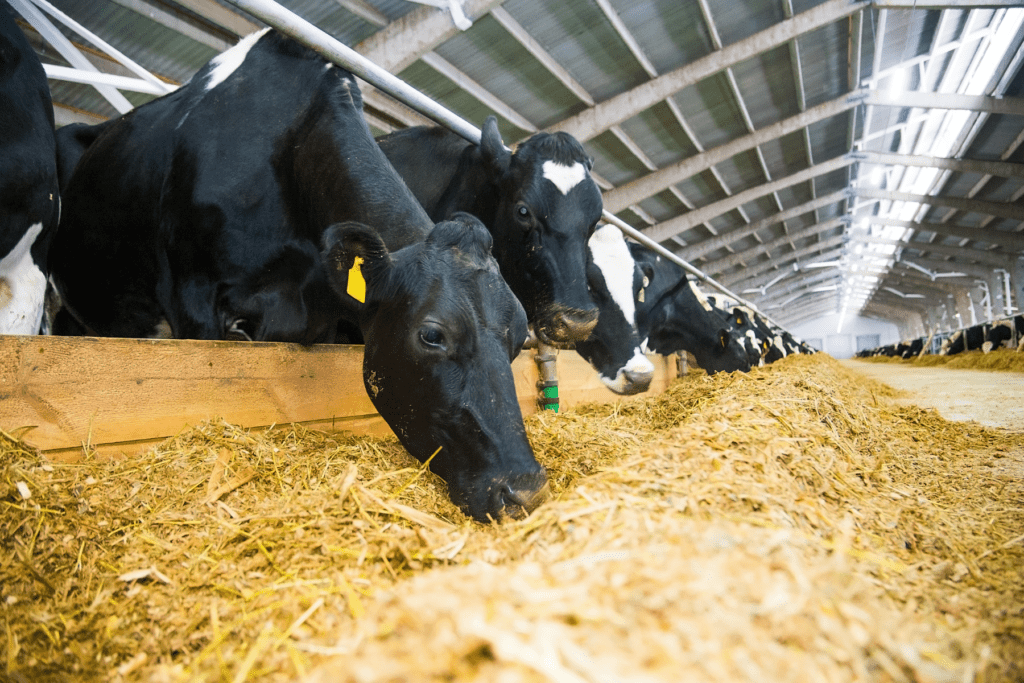Share this page
Milking hygiene
Dairy farmers implementing a quick, gentle, and effective milking routine assures the quality of the milk whilst keeping dairy
animals healthy and stress-free.


The impact of a pleasant and stress-free environment for dairy animals and those milking them can be measured in terms of production levels.
Principles of milking hygiene:
- Milking will be done using clean, dry, and full hands, starting by the rear quarters.
- Different machine milking methods are available and create a pleasant milking sensation for the cows and avoid any possible hazard to udder health.
- Machine milking is carried out with well-designed, carefully cleaned and properly maintained equipment with a skilled operator that pays attention to careful cluster attachment and removal from the udder.
Milking technologies
- Automatic cluster removers have led to udder health improvements such as a significant reduction in multiple attachments and over-milking, as well as a reduction in machine-on time.
- Automatic milking systems, where cows enter the milking unit voluntarily, is rapidly increasing as the amount of milk flow and number of cows increases worldwide.
- Automatic milking systems allow cows to be milked multiple times per day. The number of times may be adjusted according to the cow’s milk production.


Minimising stress to the animal
Whatever the milking system is, milking must be done in a way that is calm and stress free for the animal. This is the basic requirement that cannot be overlooked, and it applies to hand milking, machine milking and automatic milking.
The working conditions for the milker must be as comfortable as practical; otherwise, the first requirement is difficult to fulfil. All the equipment that are used during milking must be clean and well maintained keeping in mind that milking machine is attached to an animal and the milking machine is transporting food, milk.
This brings the person to the key position because the responsibility of the whole process cannot be given to the animal or to the machine.
Our five action areas for good animal welfare
Good stockmanship
Good stockmanship underlies the success of the dairying operation. The handling of animals should foster a positive relationship between humans and animals and should not cause injury, panic, lasting fear or avoidable stress.
Proper Nutrition
Animals should have access to sufficient feed and water, suited to the animals’ age and needs, to maintain normal health and productivity, and to prevent prolonged hunger, thirst, malnutrition or dehydration.
Adequate Physical Environment
Dairy cattle in commercial production may be kept in housed or pastured systems, or a combination of both and should have a good milking environment and facilities, feedlot areas and yards for holding animals, as well as adequate housing – a plan should be in place to manage and evacuate animals in case of disaster situations.
Responsible Husbandry Practices
Animals should be treated with care and kindness; milking should be comfortable and subjected to as little pain as possible. They should have a safe, adequate place to give birth, and should be transported in line with national regulations.
Robust Health Management
Veterinarians are trained animal health professionals and their advice should be sought in all matters of animal health management. Health management plans should meet relevant national and international veterinary requirements.
If you want to know more, please see Bulletin of the IDF N° 498/ 2019: The IDF Guide to Good Animal Welfare in Dairy Production 2.0
This detailed guide is a collaboration with the Food and Agriculture Organization of the United Nations (FAO) and the World Organisation for Animal Health (OIE). It is intended for use by farmers, organisations, dairy processors, and farmer organisations.
Learn more about farm management
The breadth of issues IDF covers in its work is extensive. Find out more about the work we do
Animal feeding and nutrition
Adequate & sustainable feed & water is essential for a dairy animal’s health & productivity, as well as the quality & safety of its milk.....
Read MoreReproduction and breeding
The importance of reproductive technologies to improve cattle & impacts on dairy sustainability.
Read MoreRelated reports & publications
IDF provides a permanent source of authoritative scientific and other information on a whole range of topics relevant to the dairy sector.
IDF Animal Health Report N° 14
The 14th edition of the IDF Animal Health Report illustrates the importance of animal health and welfare for s....
Bulletin of the IDF N° 498/2019: The IDF Guide to Good Animal Welfare in Dairy Production 2.0...
This guide provides recommendations on stockmanship, feed and water, physical environment, husbandry practices....
Bulletin of the IDF N° 396/2005: Evaluating Milking Performance
Overview of commonly-encountered problems in machine milking of cows and guidelines for methods for evaluating....
Bulletin of the IDF N° 386/2004 - Bruges 2003 - Quality Management at Farm Level - Code of Good Hyg...
Quality Management at Farm Level Proceedings of the Farming Conference, IDF World Dairy Summit 2003, Bruges, B....
Related news & insights
Keep up to date with the latest news and insights from leading experts in the global dairy sector.
UN Food Systems Summit: Game changing solutions for dairy
The United Nations Food Systems Summit, which is being convened this September by UN Secretary-General António Guterres, marks a clear point in time....
IDF and ICAR webinar host an interactive virtual event on animal welfare
On the 24 February 2021, IDF, in cooperation with the International Committee for Animal Recording (ICAR), hosted a virtual event looking at....
















